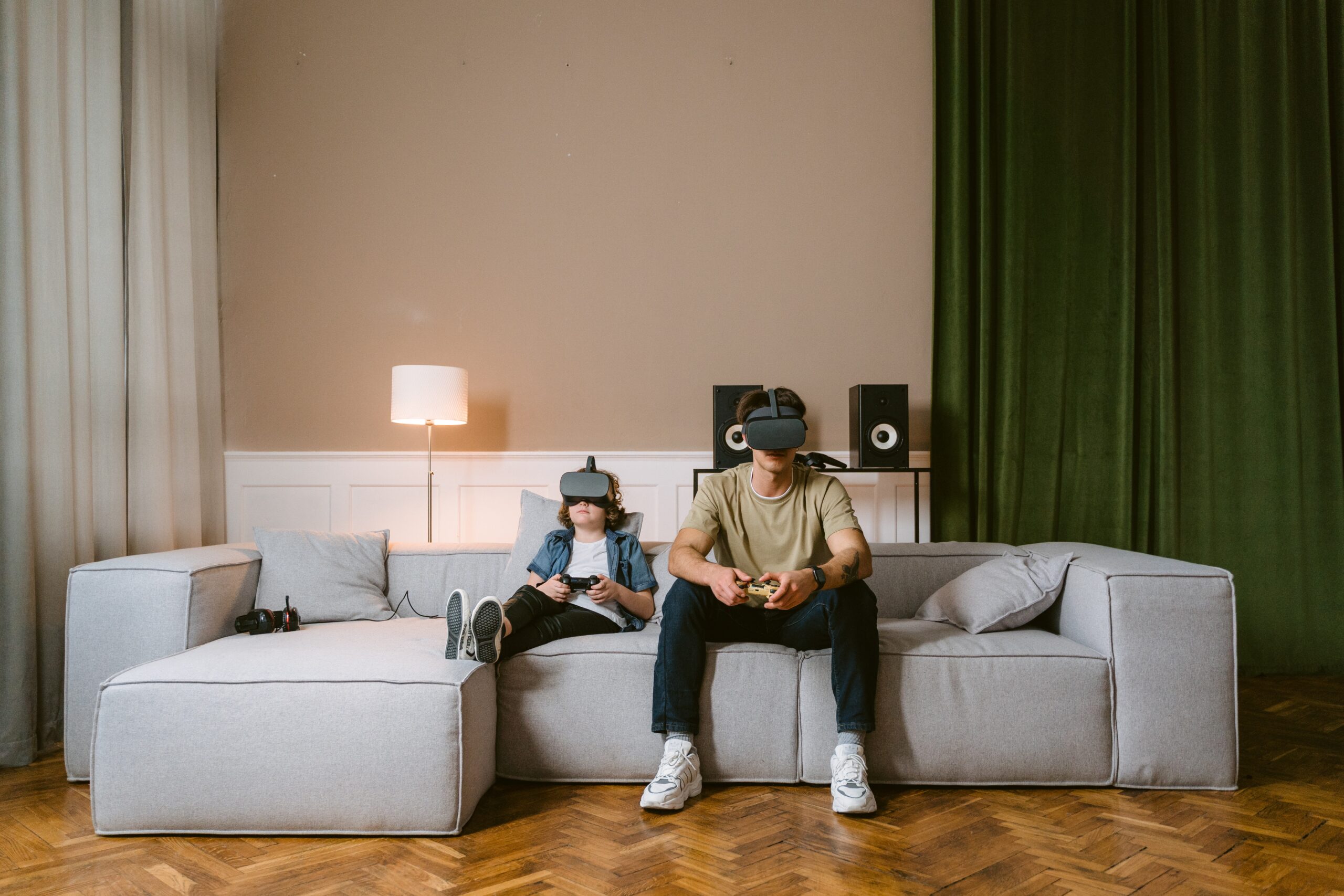Virtual Reality (VR) is not just a realm of gamers and tech enthusiasts; it has found a profound application in the healthcare industry. The convergence of cutting-edge technology and medical expertise is changing the way we approach medical training, therapy, and patient care. In this blog, we will explore how VR is transforming healthcare and its many advantages, especially in medical training.
Virtual Reality is Revolutionizing the Healthcare Industry

VR technology has opened up exciting possibilities in healthcare, creating immersive and interactive experiences that benefit patients, medical professionals, and researchers alike. It goes beyond gaming and entertainment to serve as a valuable tool for various medical applications.
Virtual Reality (VR) is catalyzing a paradigm shift in healthcare. Its transformative power extends beyond the clinical setting, making a profound impact across the entire healthcare spectrum. From alleviating pain and anxiety during treatment to offering a lifelike environment for surgical planning and providing invaluable experiential learning opportunities for medical professionals, VR enhances patient care, reduces medical errors, and advances medical education.
Moreover, its potential for telemedicine and remote training widens access to quality healthcare and education worldwide. As VR technology evolves, it brings the promise of more effective therapies, more competent healthcare providers, and ultimately, improved health outcomes for patients across the globe.
How VR is Used in Healthcare

- Patient Therapy: VR can alleviate pain, reduce anxiety, and improve the overall well-being of patients. It offers distraction therapy during painful procedures, helping patients focus on a virtual environment rather than their discomfort.
- Surgical Planning: Surgeons use VR to visualize complex surgical procedures in 3D before entering the operating room. This aids in precise planning and reduces the risk of errors during surgery.
- Physical Rehabilitation: VR-based rehabilitation programs engage patients in interactive exercises, making the recovery process more enjoyable and motivating.
- Experiential Learning: Medical students and professionals can practice surgical techniques, diagnosis, and treatment in a risk-free virtual environment, enhancing their skills and confidence.
What are the Advantages of VR in Medical Training?

- Realistic Simulation: VR provides a highly realistic simulation of medical scenarios, allowing trainees to practice without risking patient safety.
- Repeatable Training: Medical professionals can repeat procedures and scenarios as often as needed to improve their proficiency.
- Cost-Effective: VR eliminates the need for expensive cadavers and equipment, making medical training more accessible and affordable.
- Customizable Learning: Training programs can be tailored to individual learning styles and levels of expertise, ensuring an optimal learning experience.
- Remote Learning: VR facilitates remote medical training, enabling learners to access high-quality instruction from anywhere in the world.
Conclusion
Virtual Reality is revolutionizing the healthcare industry by offering innovative solutions for patient care and medical training. Its ability to provide immersive, realistic simulations and interactive experiences is transforming the way medical professionals learn and practice. As VR technology continues to advance, its impact on healthcare will only become more profound, ultimately leading to improved patient outcomes and more competent healthcare practitioners. The future of medicine is increasingly virtual, and the possibilities are limitless.
FAQs
1. Is VR therapy just a form of distraction, or does it have genuine medical benefits?
VR therapy offers more than mere distraction. It has demonstrated real medical benefits, such as pain reduction, anxiety relief, and improved patient outcomes. The immersive nature of VR can positively impact both mental and physical well-being.
2. How is VR used in surgical planning, and what advantages does it provide to surgeons?
VR allows surgeons to visualize and plan complex surgical procedures in 3D. This aids in precise planning, enhancing surgical accuracy, reducing errors, and improving patient safety.
3. Can VR-based rehabilitation replace traditional physical therapy?
VR-based rehabilitation is a valuable complement to traditional physical therapy. While it offers engaging exercises, motivation, and monitoring, it may not entirely replace in-person therapy, especially for certain conditions that require hands-on guidance.
4. Is VR training limited to medical professionals, or can it benefit patients as well?
VR training is valuable for medical professionals, but it can also benefit patients by offering immersive therapy experiences. VR can be used to reduce pain, anxiety, and stress during medical procedures, making the patient’s journey more comfortable.
5. Are there any ethical considerations or potential drawbacks to using VR in healthcare?
While VR in healthcare offers numerous advantages, it also raises ethical concerns, such as patient privacy and data security. Additionally, not all patients may respond positively to VR therapy, and motion sickness can be a potential drawback for some users. Healthcare providers need to consider these factors when implementing VR solutions.

